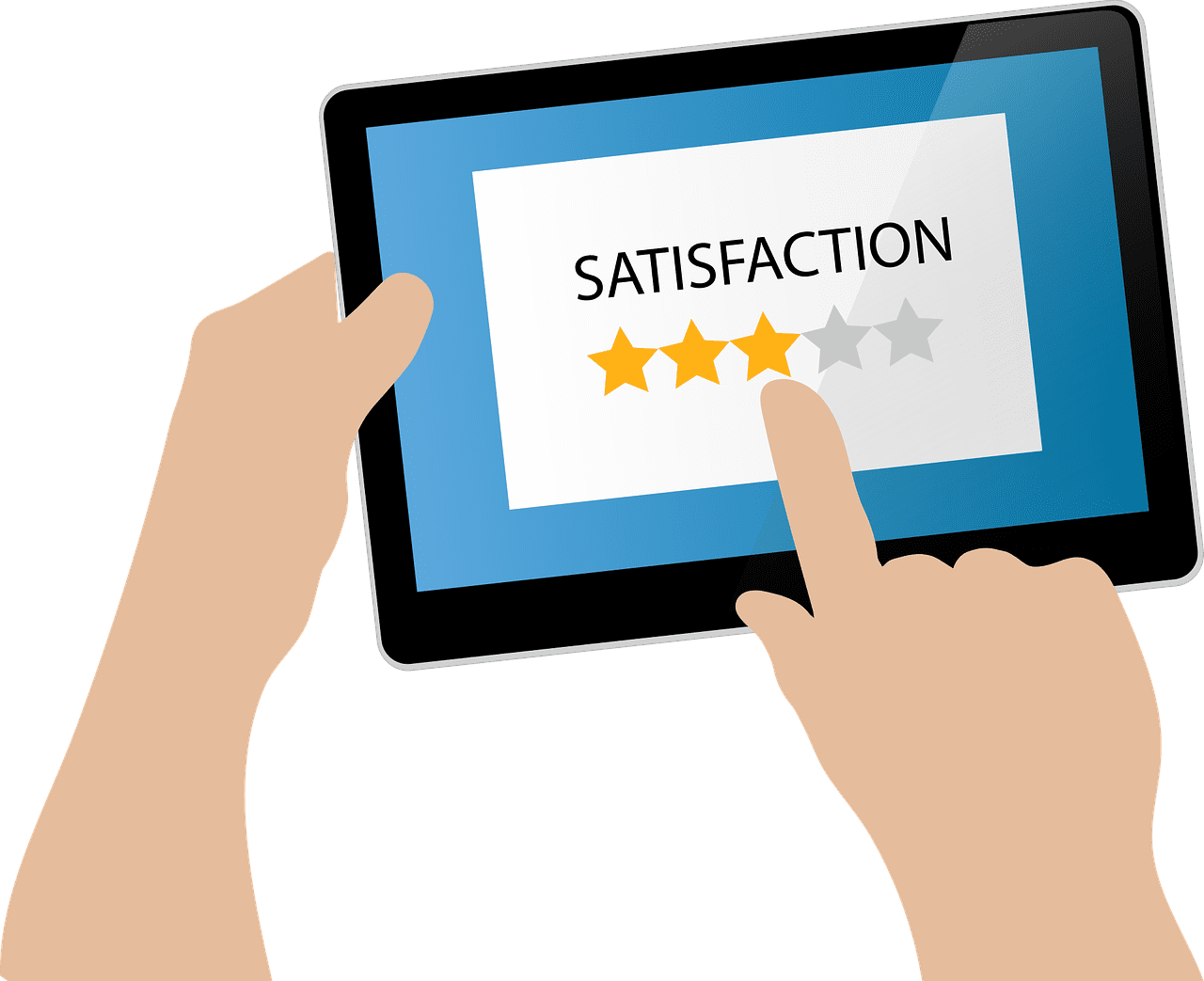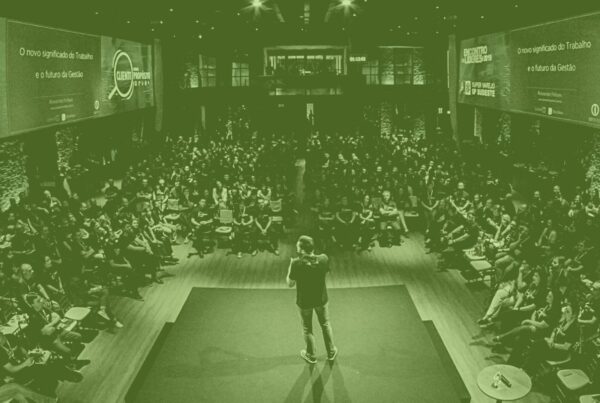Events can take weeks of planning and coordinating, but once they’re over, there’s no denying the sense of pride and accomplishment you feel. Though most of the work is complete, one of the most important parts of putting on an event is getting feedback from the attendees. Even if you feel the event went off without a hitch, the only way to know if it was successful is to hear what other people say about it.
Getting feedback is essential because that’s the only way you’ll make your events better. Even if you can’t use the constructive notes for the event that already happened, you can absolutely use them for the events you plan going forward. There’s a bit of an art to getting effective feedback and then acting on it. But, once you’ve mastered it, there’s no looking back.
So, what are the best ways to get event feedback? And once you’ve got that feedback, how do you use it to your advantage? I’m about to share:
- Ways to get event feedback, from tried and true methods to more interactive options
- When you should ask for feedback
- How to frame survey questions
- Survey best practices
- The importance of reviewing feedback
- What to do with negative feedback
 Surveys during the event
Surveys during the event
One of the most popular ways to get event feedback is, of course, with surveys. Online surveys are useful because once you have the information, you can usually download the answers and run them through some analytical software to help further your research. There are plenty of online surveys you can use. The prices vary, but there are some free options for you to use such as SurveyMonkey.
The standard online survey has gone through a couple of reinventions in recent years. Now, some of the best ways to get event feedback are through event apps and chatbots. An event app can host a number of complete surveys, that you could encourage attendees to complete at the end of each session, for example. But an event app can also be used to send a push-notification for just one question. This is particularly useful if you’re concerned attendees might not take the time to complete a full survey. So, for instance, at the end of each session, you could ask them to “rate the performance of the speaker from 1 to 5 stars”.
If you aren’t using an event app, but have a chatbot, then there’s good news! Because you use your chatbot to deploy either a link to an online survey, or even have a survey built into it.
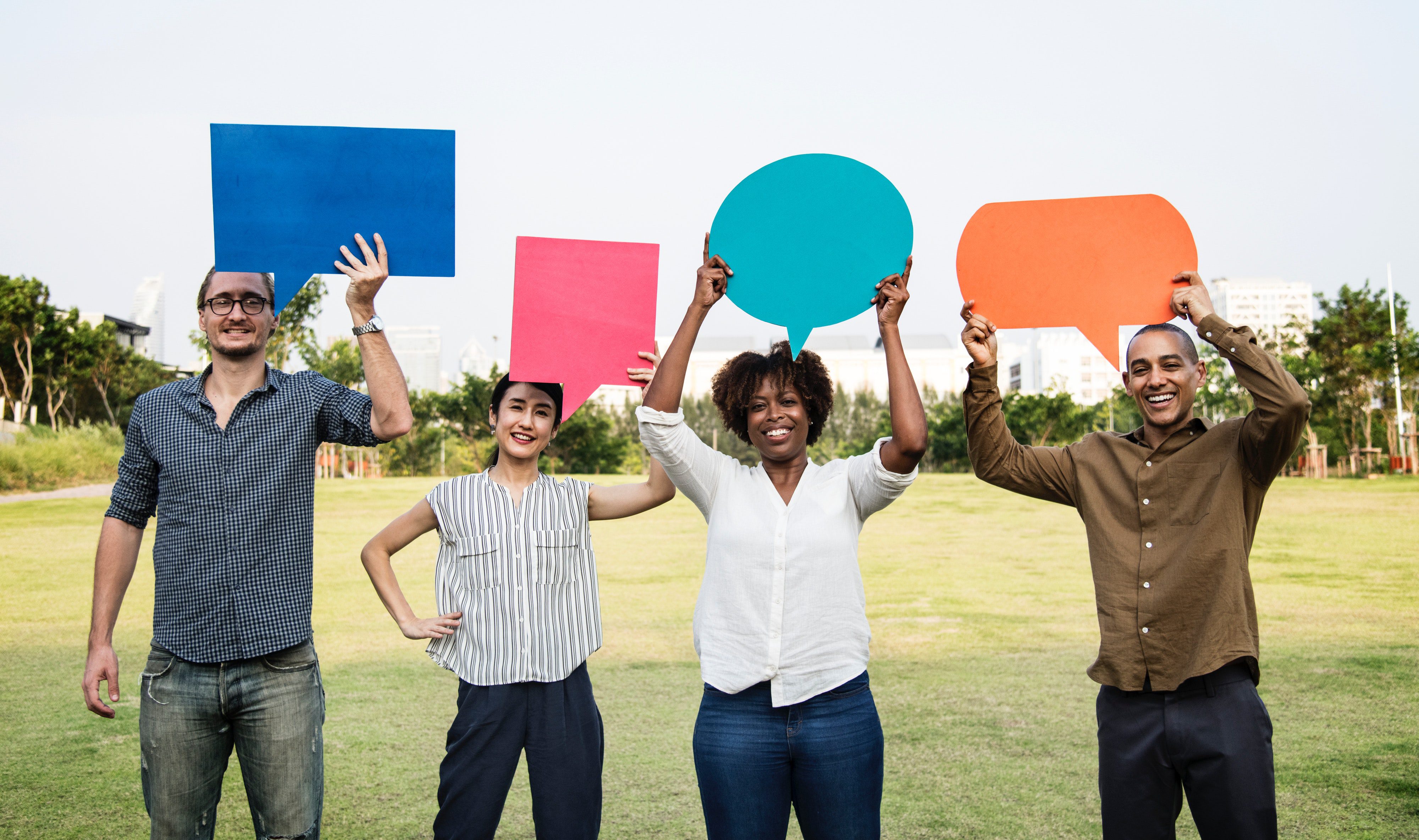 Surveys after the event
Surveys after the event
At the conclusion of your event is a natural time to request attendees fill out a survey. And while all of the same methods we just mentioned for deploying a survey during the event, can also be used after, we’d ask you to consider their effectiveness for your audience. What do I mean? Let’s say you have a branded event app for your event. How likely do you think it will be that attendees will use the app once your event is complete? If you aren’t sure, or you think they might even delete the app right after your event, then you might be better off emailing your event survey.
Another of the ways to get event feedback is to reach out to attendees via a more traditional method, like a thank you card. After every event, you should be sending out thank yous to everyone who attended your event. When you send out the thank you notes, you can include a small snippet asking for feedback about said event — what did they like most, what could be improved, how did they feel about the venue? To maximize responses, you can include a small incentive, such as special privileges for the next event. Not only are you using one of the most personal ways to get event feedback, but you’re also marketing your next event!
Use social media and online discussion boards
Social media is such an easy way to reach out to attendees. In fact, you can even use social media during the event by creating a hashtag and seeing the number of people who used it during the event.
You can ask targeted questions too; it doesn’t have to be a wait and see kind of thing. But if the comments aren’t flowing on your event socials, you could try using conversation starters. This is a great way to get the feedback you need but in a more casual way. For example, ask your attendees “What did you love about this session?” or “What did you learn in this session?” Ask them to start their comment with “I loved …” or “I learned …” in response.
During and after the event, upload images or videos and encourage your attendees to do the same. Make sure you share any content your attendees post across your channels too.
 Ways to get event feedback interactively
Ways to get event feedback interactively
But, what about some ways to get event feedback that are a little more creative? After all, your attendees are probably expecting another 10-question event survey, but what if you did something unexpected?
Our first suggestion is not only a way to get feedback, but you might also find it starts inspiring some fun social media posts too. Think about placing emoji-inspired buttons at certain points around your venue – there would be an option for happy, neutral and sad. Each emoji station should feature one question, asking your attendees how they feel about something. For instance, you could place an emoji station at the exit point of sessions. It’s a great way to gauge how that presentation just went.
A slightly less fun, but still one of the best interactive ways to get event feedback is via live polls. Holding live polls during conference sessions, for example, allows you to get feedback that serves real-time objectives.
Ways to get event feedback with crowdshaping
Now, if you’re looking at some involved, but insightful ways to get event feedback, then you should consider using crowdshaping techniques. Crowdshaping is the use of big data generated by your attendees, to gain insights into their behavior and further refine their experience. So, in essence, crowdshaping is a method of getting and then using that quantitative feedback. Now, this feedback isn’t the same as what you’d get in a survey, because it’s more observation-based, than relying on attendees to tell you what they think. But it’s valuable nonetheless.
Here are two ideas:
-
Monitor foot traffic
Tracking foot traffic is important because it gives you raw data like attendance numbers at trade show booths for example. One way to do this is by using beacons, which you can read more about here. You can identify which booths were the most popular or whether there were a section of booths that were constantly overlooked by attendees. Looking into this further could help you ascertain whether some booths were simply unappealing, or if the trade show layout was an issue.
-
Use biofeedback
This is one of the next-level ways to get event feedback from your attendees – without asking them a thing! Fit attendees with wearables that give you biofeedback like their heart rate. This is useful if you’re holding a high-energy event like a festival and want to see if they are getting the excitement and enjoyment out of the event like you hoped.
 The benefits of including feedback opportunities within your event program
The benefits of including feedback opportunities within your event program
Of course, you can request feedback from attendees after your event, but there’s a big benefit to getting feedback while the event is taking place. And that benefit is – your event goers are much more likely to actually give you the feedback! Our two top tips for getting feedback during the event are:
-
Include time for it during the event
Setting aside time during your event for attendees to give you the feedback you need, can make a big difference to the number who participate. After all, if a presenter suggests they complete a quick 2-question survey, then and there, why wouldn’t they take part? It removes the barrier of eating into their own time.
-
Gamify it
If you have more lengthy surveys then providing an incentive for completing them, can help boost your success rates. Gamification can be a great strategy here, particularly if you have gamified other aspects of your event. Assign some points for completing each survey and event goers have another reason for doing it – rather than just because you asked them to.
 What to ask for feedback on
What to ask for feedback on
So, you understand the methods you can use to ask for feedback, but what do you ask, and how do you frame it?
It’s important to remember that each question must relate back to the overarching goal of your survey. This might take some effort. After all, you don’t want to waste attendees time by asking something that might be of use down the track. So take a moment to consider your survey goal and whether you need to know:
- Is the program suitable?
- Are the presenters are a good choice and performed well?
- If accessibility is as good as it could be for trade show booths?
- Is the event easy to navigate?
Your experience planning recent events may inform this – whether it’s an issue related to a venue you are using again, or you’ve made significant changes to a conference program and are looking for confirmation that this improved the event experience. Honestly, you should know what information will be helpful to you and what won’t.
When you’re asking for feedback, you want the responses you receive to be as helpful as possible. Asking if attendees liked the tables at the venue does little to help your future events. Asking if they would recommend the event to a friend does because it shows whether the attendees enjoyed the event or not. Ask specifically about weak moments in the event so you can avoid those issues in the future. Sometimes it takes asking the hard questions to give us the best chance for improvement.
One of the most significant things to ask is not about how this event went, but how likely attendees are to attend future events or how likely they are to recommend it to someone they know.
If you are struggling with this, then I suggest you take your survey for a test run. Give it to someone you know and ask them to complete it for the last event they attended. If you look at their responses and can’t see a way to use their feedback to improve your next event or to confirm something important in your event planning, the question simply shouldn’t be asked. It may seem brutal, but the more targeted your survey is, the more likely it will be completed and the more helpful it will be to you.
 How to frame your questions
How to frame your questions
Useful feedback depends a lot on how you frame your questions. After all, if the question seems silly, hard to understand, or worse still – irrelevant, event goers are unlikely to give you the responses you need (if they bother at all).
Ask questions in a variety of ways, to ensure you get the quantitative and qualitative feedback that meets your needs. Generally-speaking, quantitative feedback comes from asking multiple-choice questions and questions with a rating scale. Qualitative feedback comes from asking open-ended questions. But these should never lead or influence the attendee, so make sure you phrase it neutrally.
Your questions should be as short as possible and crystal clear. Too confusing and your attendee isn’t going to bother answering! Don’t use industry jargon either. No matter how experienced you think your attendees are on a topic, jargon this can be off-putting, and you shouldn’t expect everyone to know it!
It’s also important to give attendees the change to elaborate on their responses if they want to. You can do this by putting an optional comments box at the end of the survey. People with a particular stand-out or poor experience will appreciate having a place to express themselves fully.
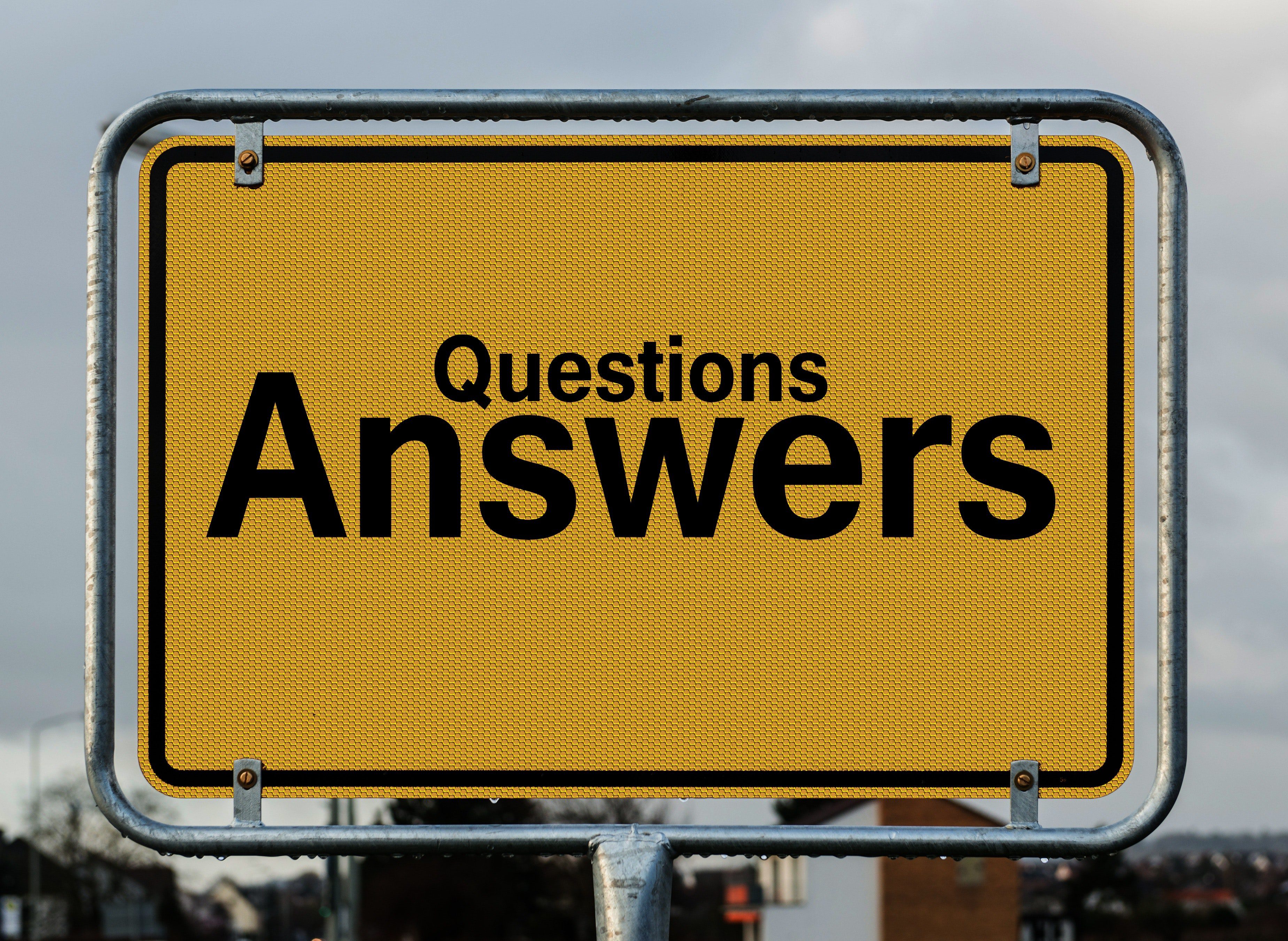 Survey best practices
Survey best practices
When creating the survey, keep it short (under ten questions is best) and only use one or two open response answers. People will be more likely to answer the survey if it contains choices instead of requiring them to write answers to everything.
Limit response options to only 4-6 maximum. Remember the goal is to make them as easy to possible to respond to. You don’t want a) respondents having to spend too much reading through the options and b) respondents deciding it looks too overwhelming to bother with.
You’ll have a better chance of getting feedback, during your event or immediately after. So, don’t wait! Sending an email survey after 24 hours is probably too late!
Here’s a quick roundup of survey best practices:
- Only one point per question
- Less than ten questions at a time
- Short, easy to understand questions
- No industry jargon
- Explain the rating scale if you’re using one
- Open-ended questions should never be leading questions
- More multiple-choice or scaled questions than open-ended questions
- Less than six response options for multiple-choice
- Provide an optional opportunity for elaboration
- Must be mobile-friendly
- Ask how likely they are to attend future events
- Send surveys during or within 24 hours of the event
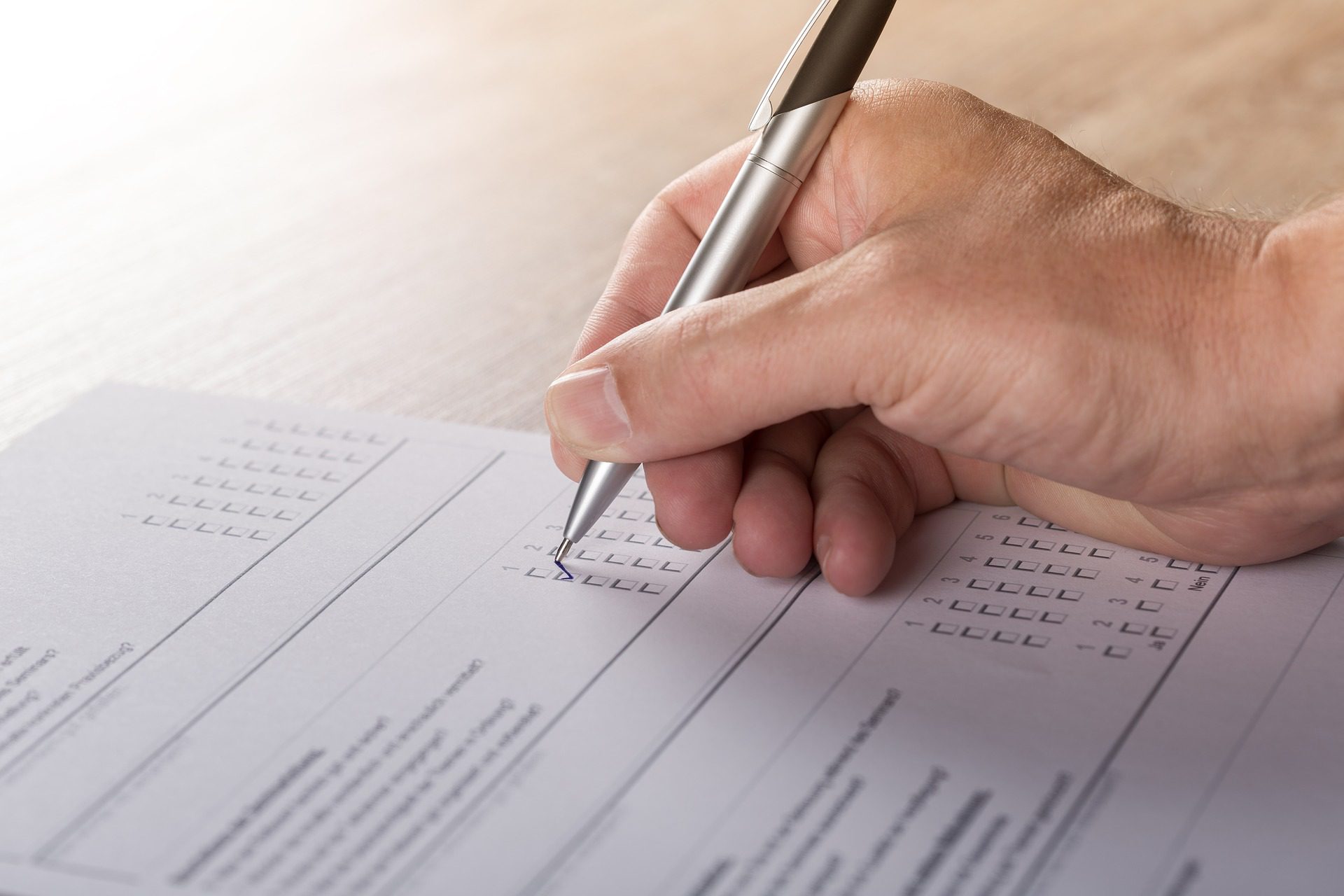 Reviewing your event feedback
Reviewing your event feedback
Collecting feedback from your attendees is the best way to make your events better each time. But, the reviewing stage is just as critical.
Here are some tactics for reviewing and interpreting event feedback:
- Hold a review session with your team, when you’re satisfied all the data is in
- Quantified responses are easy to understand – simply collate them into a report
- Qualitative responses require reading through for the obvious issues or praises, but then going a step further and looking for patterns
- Pinpoint the areas that need improving (but also the ones that are getting great feedback – because you obviously want to do more of this)
 Dealing with negative feedback and beyond
Dealing with negative feedback and beyond
If you’ve received negative feedback, or find some areas need significant improvement, then don’t despair. Instead, decide on an appropriate course of action. Keep in mind that if one-off unforeseen things impacted negatively on your event, these might not warrant implementing a solution. You should also weigh up the costs vs. benefits. If it’s going to turn your budget on its head, it may not be feasible to arrange a solution.
If there were individual instances of negative feedback (not necessarily experienced by the attendees as a whole), you should respond personally and do some damage control.
When you promote the next event, you might like to highlight the improvements made in the marketing campaign. People will feel heard, like their suggestions made a difference, but this also might entice them to come again.
But, there’s also nothing to stop you putting out a social media post or emailing your attendees to immediately let them know that you are taking action. This has the benefit of reaching out to them while the issue is fresh in their minds. And there’s another benefit too. Rather than the negative aspect of their experience being the first thing they mention about your event in conversation with friends and colleagues – they might instead say how their feedback was the reason the event is going to be even better next year!
Final thoughts on ways to get event feedback
Learning how to take advantage of event feedback is a fantastic skill to help you plan better events every time. Find the best ways to get event feedback, review to see what works and what doesn’t. Then use those insights to implement changes to the way your events run. You can go from being a good event planner to a great one simply by listening to the people who experience your events first-hand.
Which feedback method are you going to try for your next event?
Image credit: ViralHeat
Editor’s Note: This was originally publishedon June 6, 2014 and has been completely revamped and updated for accuracy and comprehensiveness.





